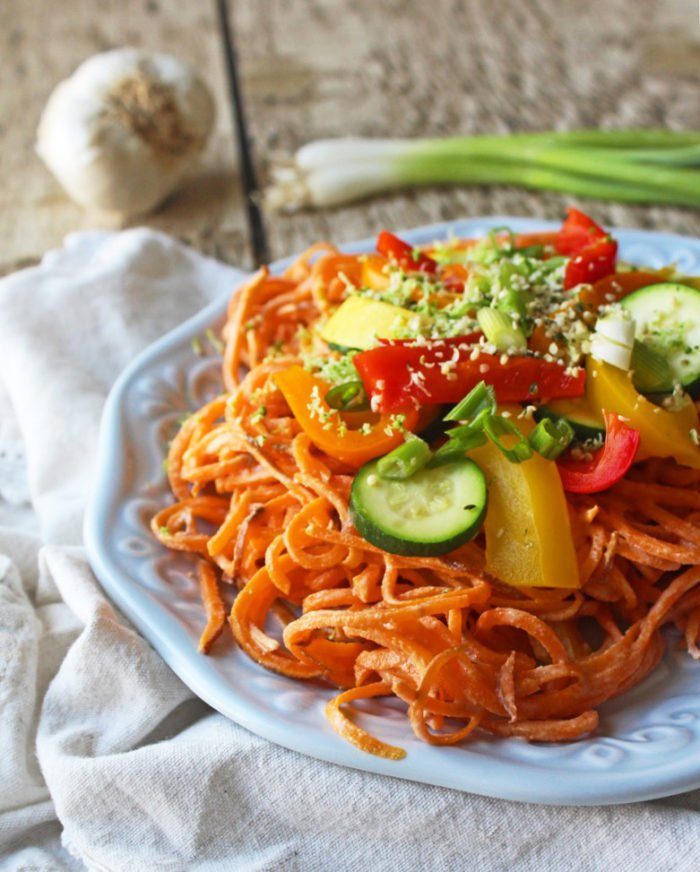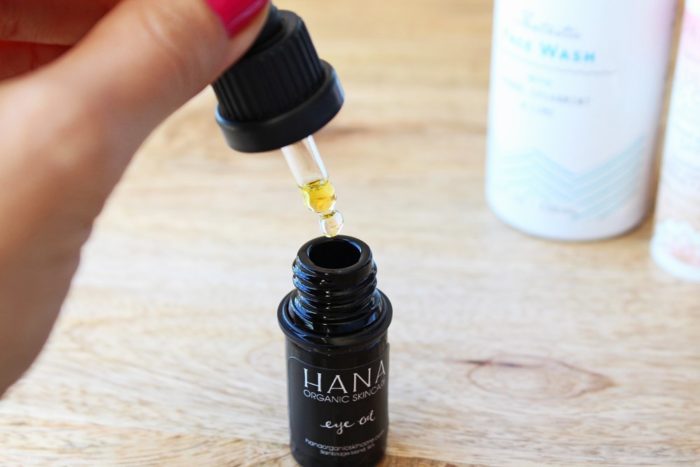One of the common concerns I hear about vegan living is about the price tag of being a vegan. I think it’s easy to imagine that an unfamiliar lifestyle requires wallet-draining specialty items. While the growing popularity of the vegan movement certainly provides brands and marketers with an outlet to sell not-so-cost-effective things (have you seen the price of kale chips?), veganism, like most other lifestyles, can be achieved on a budget.

For me, this means deciding where I’m going to save money and where I’m going to make investments—and my investments have been spaced out over the course of my vegan life (four years). The following is a breakdown of where I spend and where I save!
Food: Save. I save money on food by buying unprocessed ingredients and making most of my food from scratch. For example, I buy a head of lettuce and a head of cabbage instead of buying a pre-made salad mix. I buy rolled oats and nuts and make my own granola. I almost never by pre-made vegan foods—like raw snack bars or cold-pressed juices. Although these are delicious, skipping these allows me to buy mostly organic produce.
My husband and I also dine out super rarely—maybe once a month. We do this partly to save money, but in our south Texas city, there are exactly two places where the menu is veg-workable, so we don’t feel like were missing out. I know this sounds like a lot of kitchen time, but there are an endless number of quick and easy meals you can make from scratch, including stir-fries, lentil salads, baked sweet potato, steamed veggies + tempeh…

You can even make your own sweet potato noodles!
Kitchen equipment: Spend. I’ve invested in a few pieces of kitchen equipment, mainly my blender and my juicer. We also have a dehydrator (a generous wedding gift). These three tools allow me to make delicious smoothies, sauces, soups, juices, nut butters, crackers, and granolas. In some ways, these purchases allow me to save money in the long run because I use them to make all of the fun vegan foods that cost so much at the grocery store.
I suggest looking for refurbished top-end kitchen equipment online—you can save some major dough, and the equipment is like new. If you’re looking to invest in just one piece, go for a good blender.
Clothing: Save. Because I work from home and work as a tutor at the nearby university (and the tutoring center is very casual), I live in jeans, cardigans, yoga leggings, cotton tops, and cutoff shorts. This wardrobe is pretty low maintenance, and I’ve gotten years of use from some of my trusty cardigans. Granted, most of my clothing comes from fast fashion brands, and I admit to knowing little about sustainable brands in my price range. My next area of improvement will be getting familiar with more social- and eco-conscious brands.
Since becoming vegan, I’ve invested in one tote and one purse made with vegan leather (both under $100). One of my struggles with vegan leather is that it’s either expensive (which I understand) or it’s made with cheap, non eco-friendly synthetics that really don’t wear well. Thus far, I’ve gotten by with combining a few new things with pieces I’ve had for years that are still in good condition.
Beauty: Spend. I tend to spend a disproportionate amount on beauty (skincare, makeup, haircuts) because it’s both a hobby and a career interest. I want to stress, however, that there are many vegan and cruelty-free products that are budget friendly. Elf, Pacifica, and Beauty Without Cruelty are a few vegan brands worth noting for their reasonable prices.

Most of my beauty budget goes towards skincare—high-quality plant oils, serums, and natural sunscreen. I try to save in other ways, however, by doing my own brows and nails—and I don’t bother with dyeing my hair, professionally or otherwise—even though I’m tempted!
Fitness: Save. My fitness is probably the least expensive part of my lifestyle. I’ve got my yoga mat, my running shoes, and a $15/mo. subscription to Yogis Anonymous.
Health Extras: Spend. I’m religious about my supplements. I take a probiotic, a whole-food multi-vitamin, and liquid B12. Also, because I’ve dealt with hormonal acne in the past, I make sure to take a combination of herbal supplements that help keep my hormones in check. Keeping up with my supplement regimen hasn’t been super cheap, but my skin has never looked better—and I don’t have to rely on pharmaceuticals, which is a huge relief.
What’s your approach to vegan living? What do you shell out for? And where do you save?
Related: 6 Things You’ll Never Regret Spending Money On
6 Ingredients, 5 Budget-Friendly Vegan Meals for Busy Weeks
What I Wish I Knew Before Becoming Vegan
Get more like this—Subscribe to our daily inspirational newsletter for exclusive content!
__
Photos: Kaboompics, Mary Hood Luttrell




